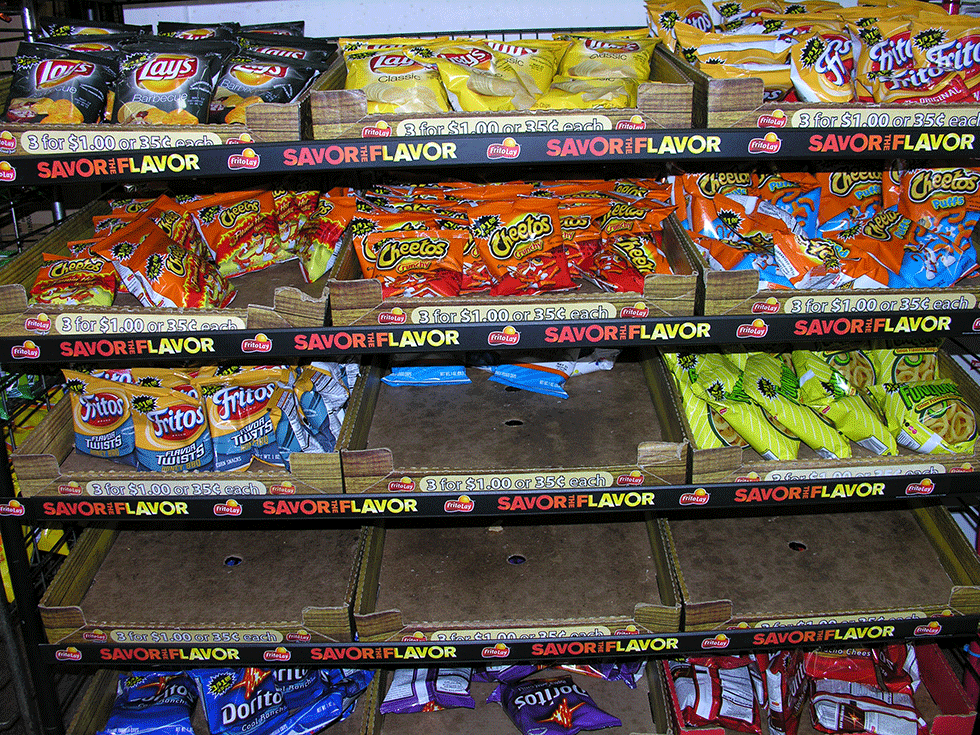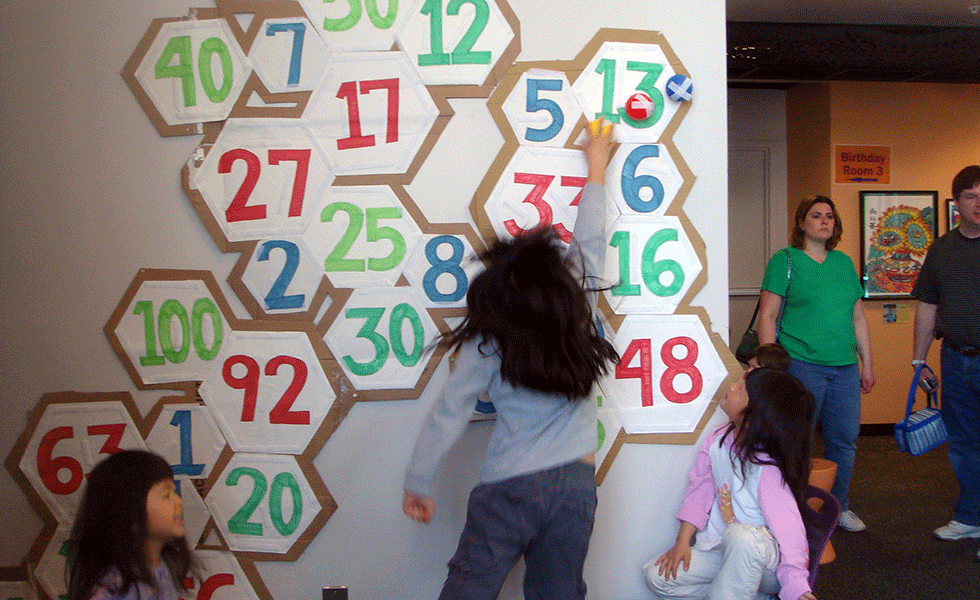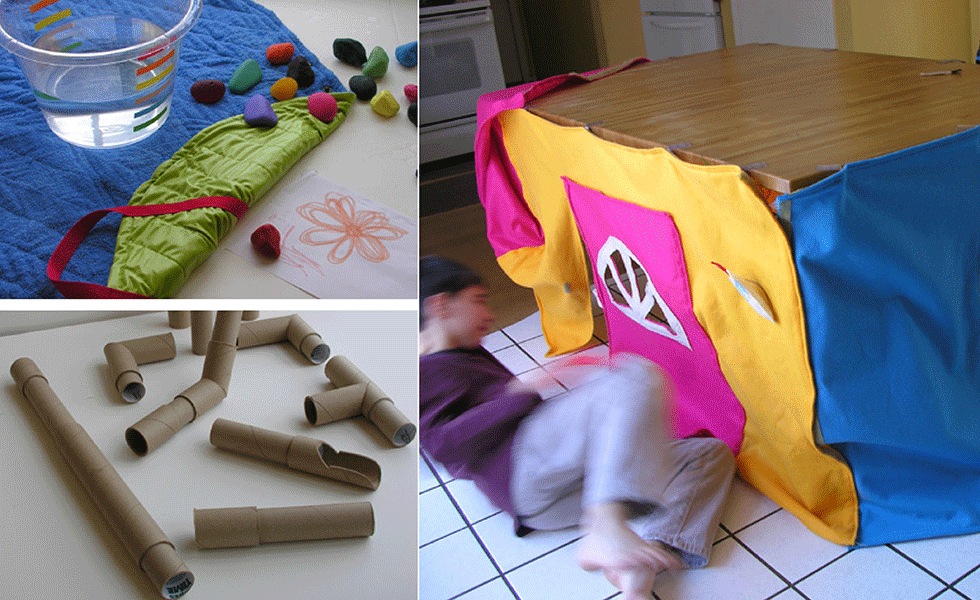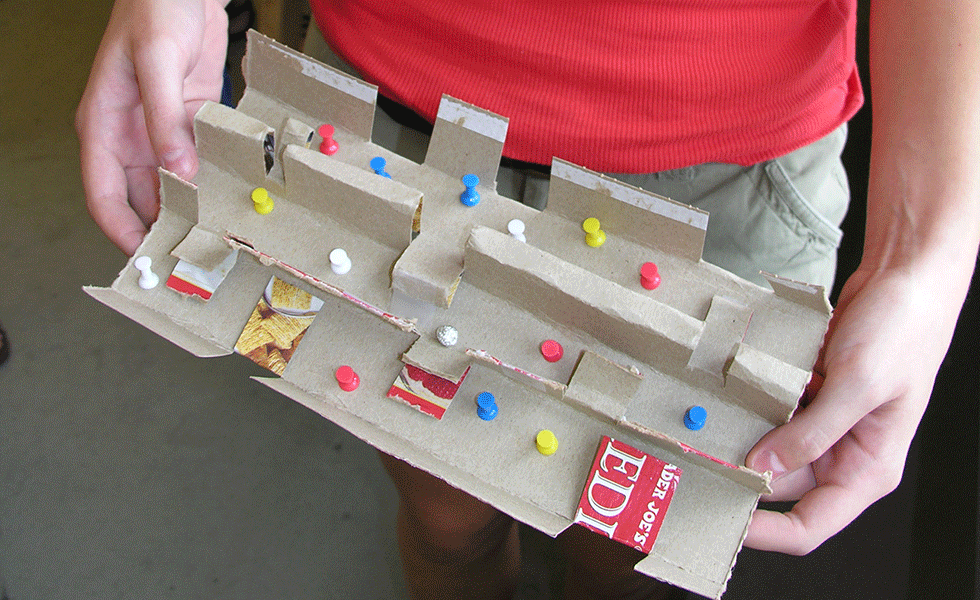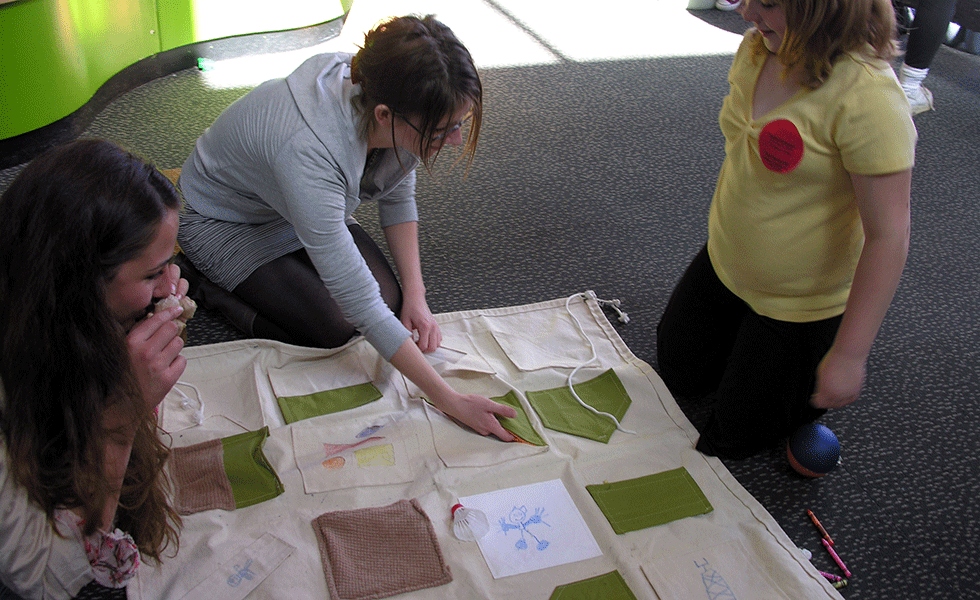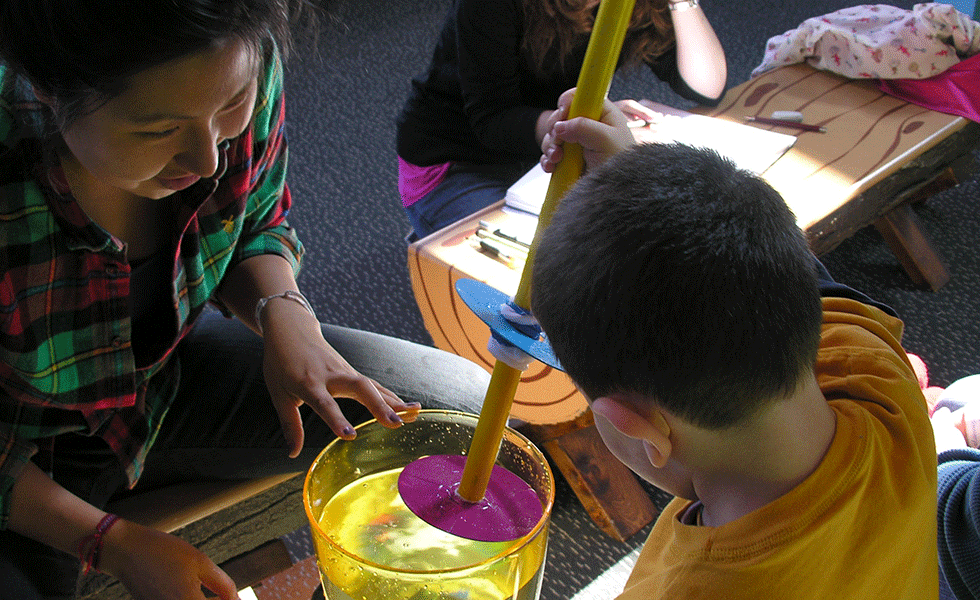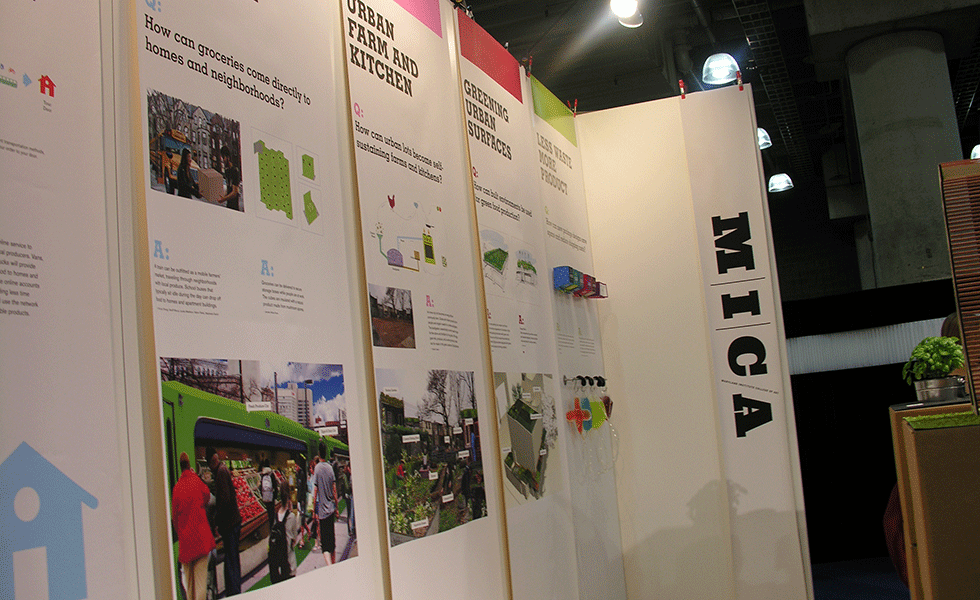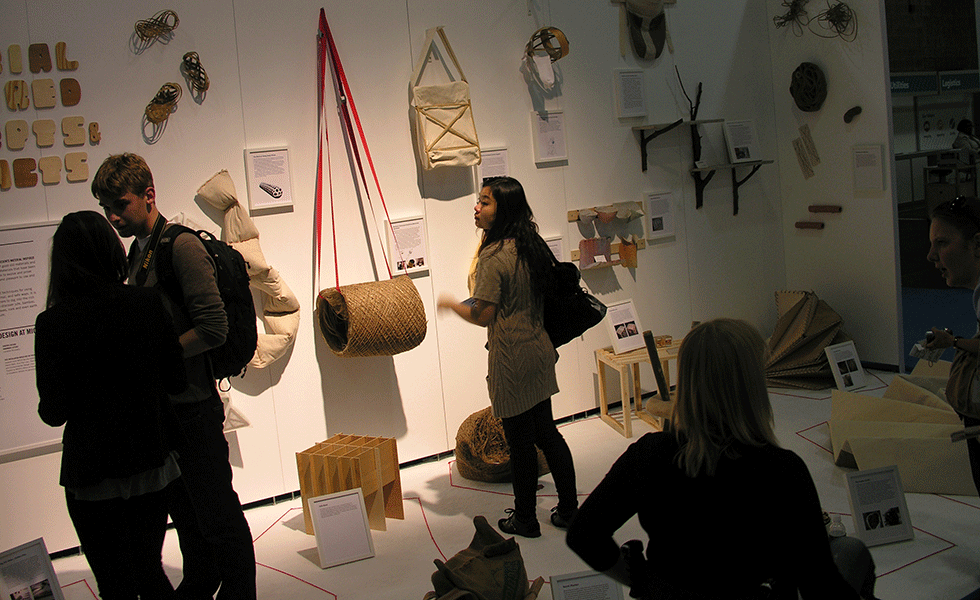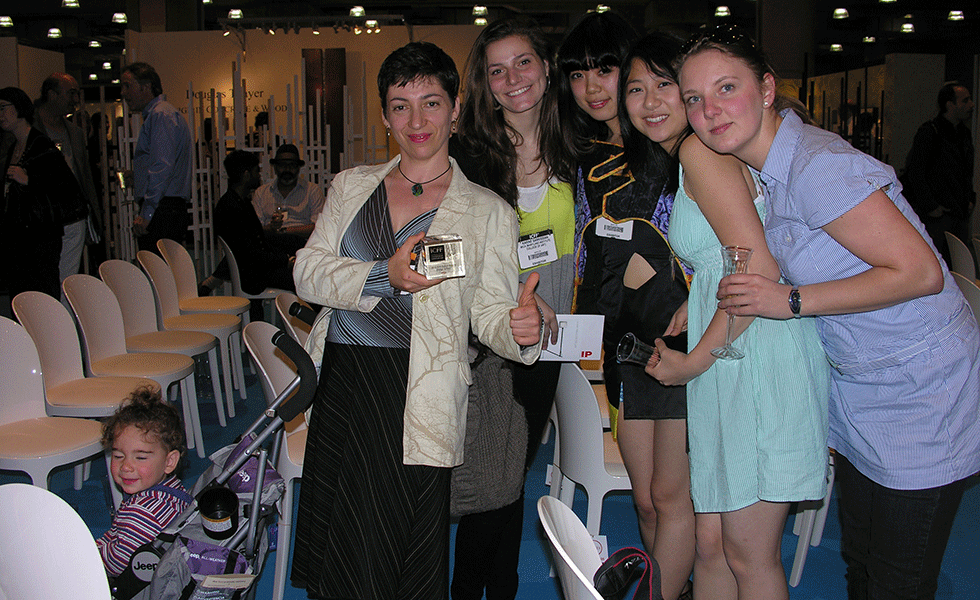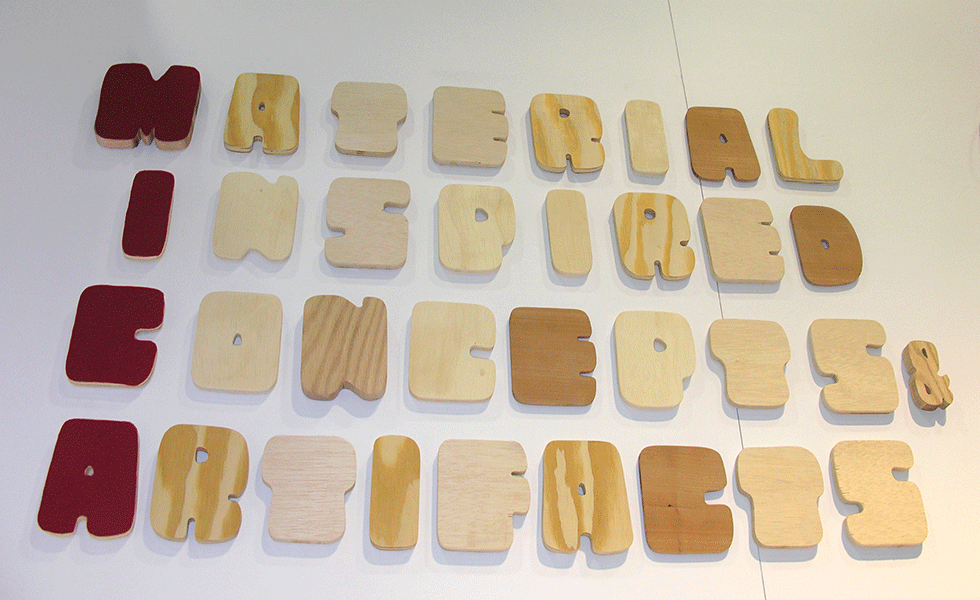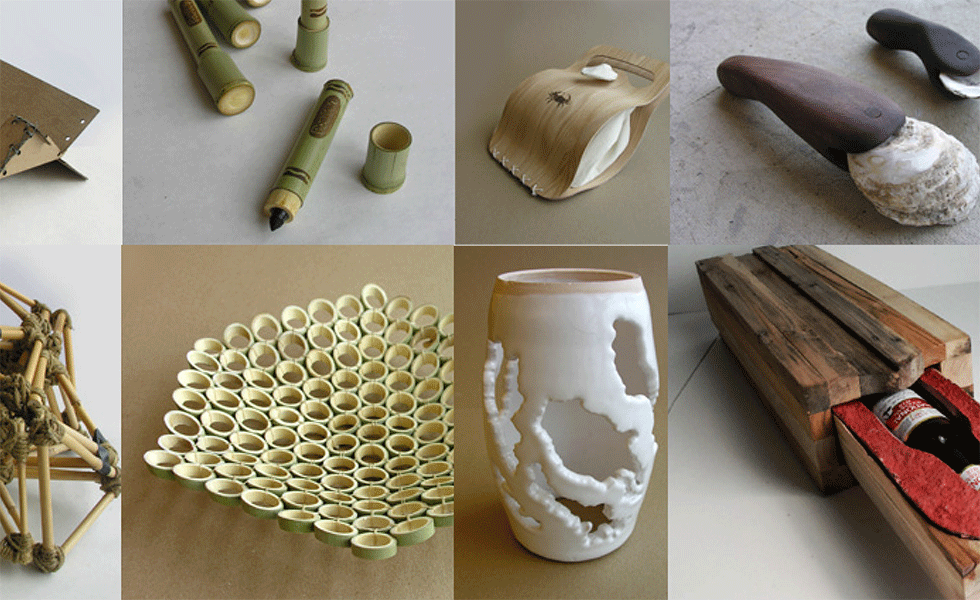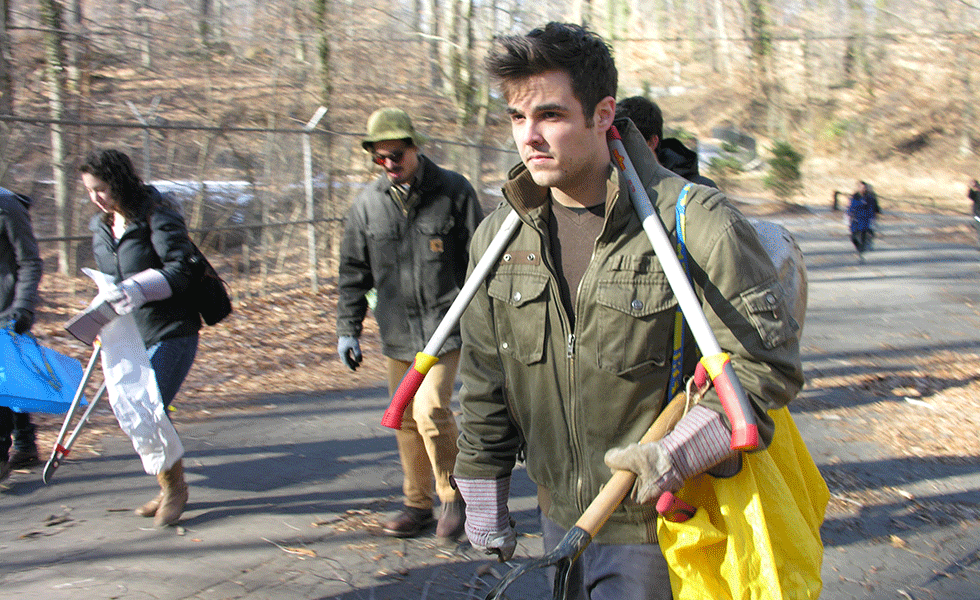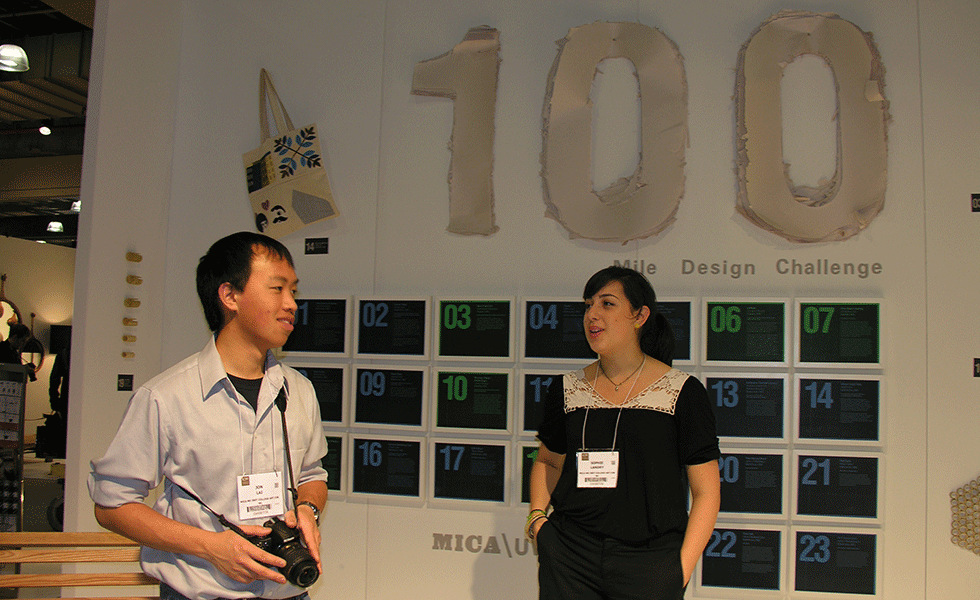Examples of student projects I developed, initiated and taught.
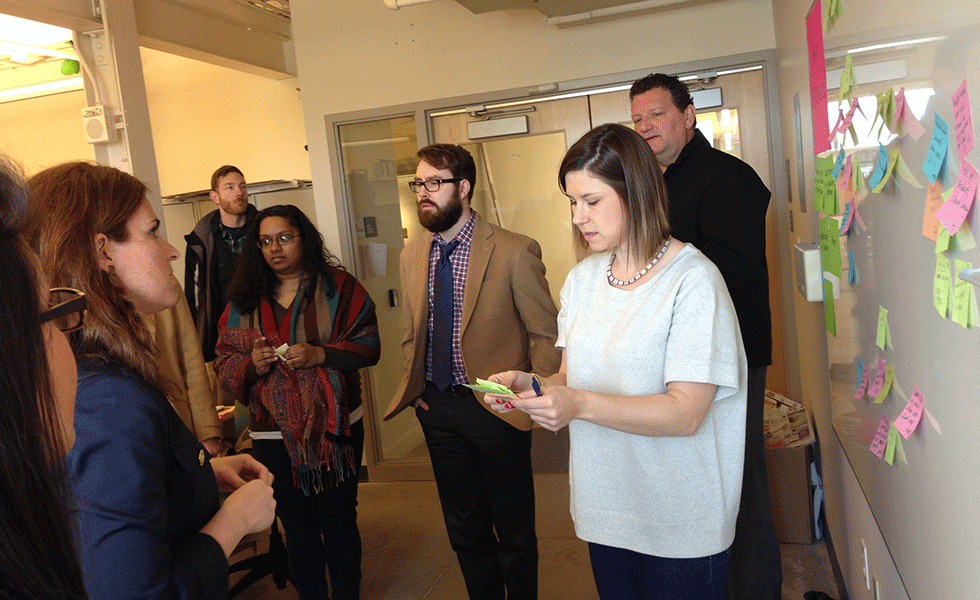
Student Megan Mills presents the end-user isights to DAP innovation team: Heather Sarkissian and Cara Daniel.
Graduate level courses
Sustainability and Social Responsibility course
with Design Leadership (dual MA/MBA degrees) Program at MICA/JH. Read more about this program here.
MAMBA/DAP collaboration was focused on the end-user research and conceptual design for the new DIY product.
Lille Design for Change/Lille, France/international student competition in collaboration with GDMFA, MICA.
more about Lille Design for Change and student works here and here.
DEWALT CONSUMER PRODUCT
I feel privileged to maintain a professional relationship with designers at Dewalt especially Jim Watson and Lauren Wenchel (my former students from Towson University). Almost every semester over the last 10 years I get to take students on a tour or engage them in projects with Dewalt. It has been invaluable for students to get assess to professional product designers working near Baltimore. Unfortunately I can’t show any projects we collaborated on here, but it has been a wide range of exiting projects.
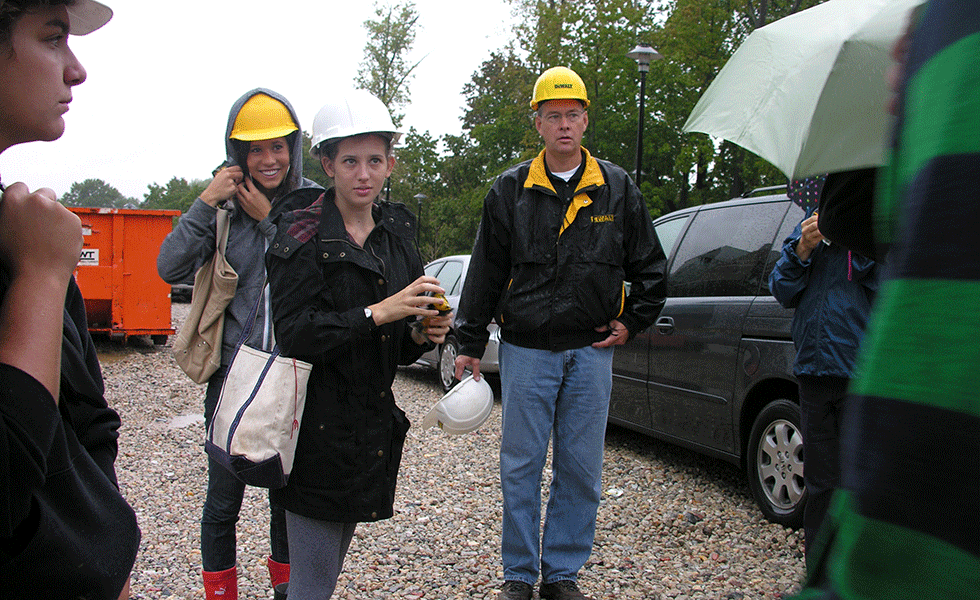
Hard hat is a must when visiting construction site for an research with Jim Watson of Dewalt.
